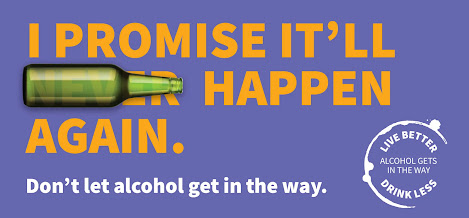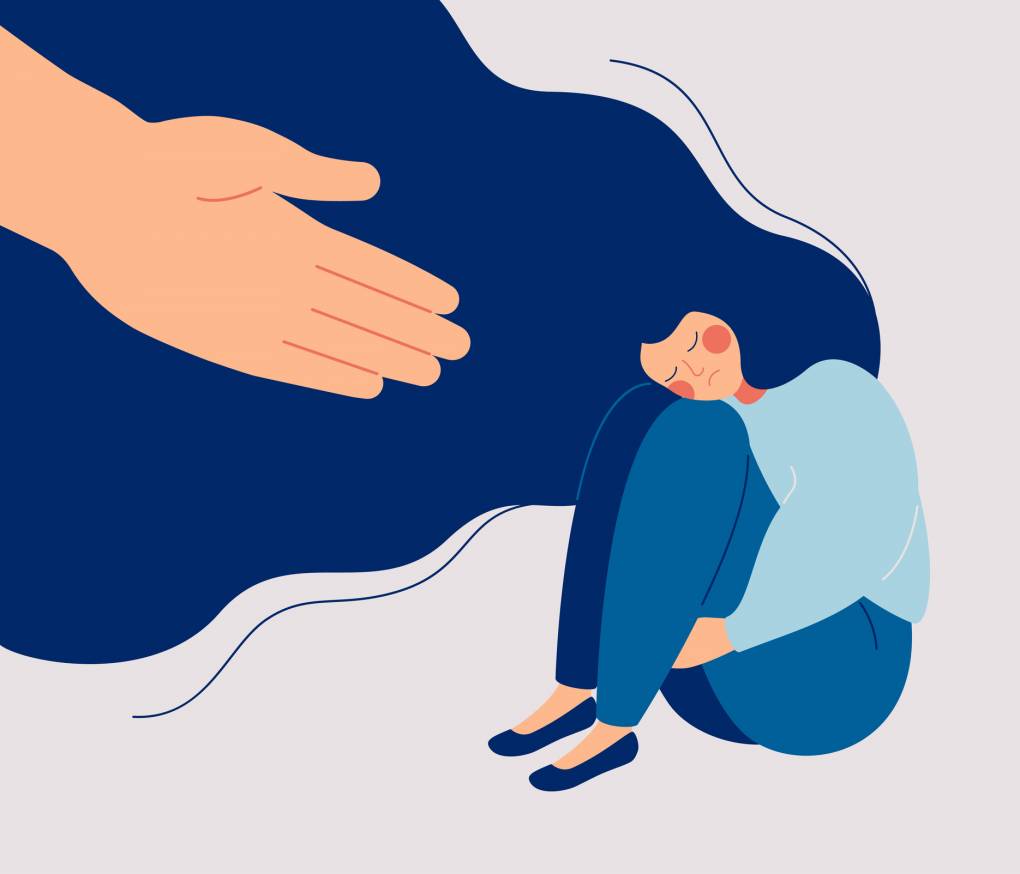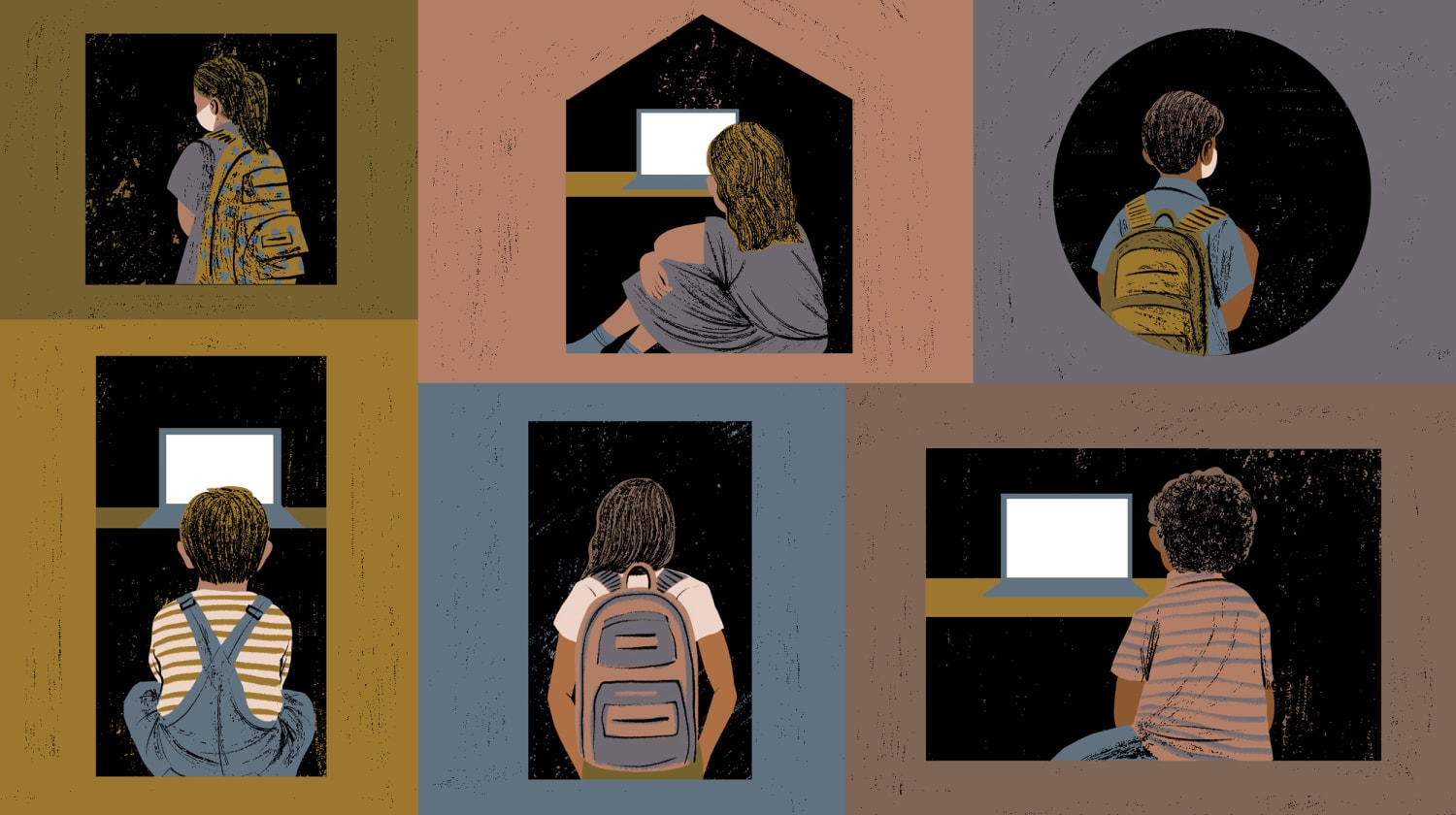Discrimination against Indigenous People
General Knowledge
Indigenous people are the earliest known inhabitants of an area, are inheritors and practitioners of unique cultures and ways of relationship to people and the environment. They have retained social, cultural, economic, and political characteristics that are distinct from those of the dominant societies in which they live.
Indigenous people have a special relationship with the land on which they have lived for generations, and they posses crucial knowledge about how to manage natural resources sustainably and custodians of land for next generations. The Indigenous people of Americas are culturally distinct groups who maintain an ancestral bonds to the lands where they live or wish to live. Indigenous people hold their own diverse concepts of development, based on their traditional values, visions, needs and priorities. Practicing unique traditions, they retain social, cultural, economic, and political characteristics that are distinct from of the dominant societies in which they live. There are more than 476 million Indigenous people in world, spread across 90 countries and representing 5,000 different cultures. They make up 6.2 percent of global population and live in all geographic regions. Indigenous populations are communities with a distinct cultural identity, which is intrinsically linked to land they live on or come from.
Indigenous people are often marginalized and face discrimination just because they identify as members of Indigenous groups. Discrimination impacts their everyday life, it's restricts their rights and may be physically attacked. They face discrimination because of their distinct cultures, identities, and ways of life, and are disproportionately affected by poverty and marginalization. Despite their cultural difference, indigenous people from around the world share common problems related to the protection of their rights as distinct peoples.
For instance, discrimination against Indigenous people in Los Angeles racist remarks hurtful, betrayal among LA's Indigenous people, in which leaked a recording audio of a 2021 conversation of Los Angeles City Council members making racist and disparaging remarks have deeply hurt the city's Indigenous immigrants from people who are Oaxaca who live in L.A.'s Koreatown for their physical appearance.
The Oaxacan community in Los Angeles is rejecting the anti-Black and anti-Indigenous views of council members Keven De León, Gil Cedillo, Nury Martinez is embroiled in a City Hall scandal in which were recorded in a conversation making racist remarks and discussing how to game the city's redistricting process and among those calling are Indigenous migrant leaders. Martinez, a descendant of Mexican immigrants who became the first Latina to be elected as city council president three years ago, made inflammatory comments while discussing redistricting saying that that fellow council member Mike Bonin's son, who is black, "looked like a monkey." She also referred to Oaxacans, people from the state of Oaxaca in Mexico, as "little short dark people, "ugly" and said she doesn't know what village they came from and how they got here." Also, an unknown male refers to them as "Indios, a derogatory racist term often used in Mexico. In the leaked conversation are laughter, Martinez and Cedillo are heard mocking Oaxacans. Oaxaca has one of Mexico's largest Indigenous populations. Since the recording were leaked, former Council President Nury Martinez resigned her seat. De León and Councilman Gil Cedillo have faced increasingly loud calls to resign. Keven de León said he has no intention of resigning, despite calls to step down by protesters. The leaded conversation and the public response have led to important discussions in mainstream space regarding the diversity and divisions with Latino communities. People have rightly pointed to the fact that racist ideas and racial hierarchies pervade the Latino community as well as our broader society.
Odilia Romero, executive director and co-founder of Comunidades Indigenas En Liderazgo (CIELO) an Indigenous woman-led nonprofit that serves Indigenous people in L.A., has seen this sort of discrimination first-hand. The group advocates for Indigenous rights and language justice, and many CIELO members and thousands of supporters have rallied and protested calling for the resignations of De León and Cedillo. Migrant Indigenous communities are part of the fabric of Southern California.
Afro-Latinos, people who share both Latin African ancestry, for instance, make up about 12% of the U.S adult Latino population. So while the Latino community faces discrimination in many forms, racisms and colorism also exist within the community. Indigenous and Black communities across have often been at the brunt of racism, as Latinos with a darker skin color report higher rates of discrimination.
The challenge for indigenous peoples today is to make proposals without relinquishing any of the rights established in international human rights law and non-discriminatory and democratic societies, the declaration on the rights of indigenous peoples strengthened and supported by other valuable human rights instruments. Today, the challenge in relation to indigenous people for the system of human rights and hence the United Nations is to create the conditions for requiring Member States to implement all the provisions against discrimination contained in all international human rights instruments and when necessary, to make timely, adequate, and effective technical assistance available to states.
Why is this issue important to me?
This issue is important to me because these kinds of discrimination towards Indigenous people are very hurting not just our emotions, but our actual life in terms of our life and opportunities. Being proud to be where I came from and having Indigenous ancestry and where my parents came from cultural customs as a Zapotec, an Indigenous group Oaxaca, have passed down for generations, as Oaxacan leaders, to me it's baffling that they're representing L.A. and they don't know anything about the Oaxacan community and their cultures and for them to diminish our existence is such a belittling was is insulting. It's upsetting that they're inciting hate against Black people, they inciting hate against Indigenous people and contributing to the violence against these groups. The insults are painful but not surprising, reminiscent of the racism and and colorism Indigenous people face in Latin American and United States, it's an everyday thing that people go through special as an Indigenous woman
Why did I choose this issue?
In discussing the issue of discrimination against indigenous people, it is tempting to see how they express specially Indigenous people being racism and colorism against darker skinned people within the same ethnic group, run centuries deep in Mexico and other neighboring Latin America countries and to continue the language violence that indigenous people enter across the nation,
Research
Link:







.png)




.jpg)
















